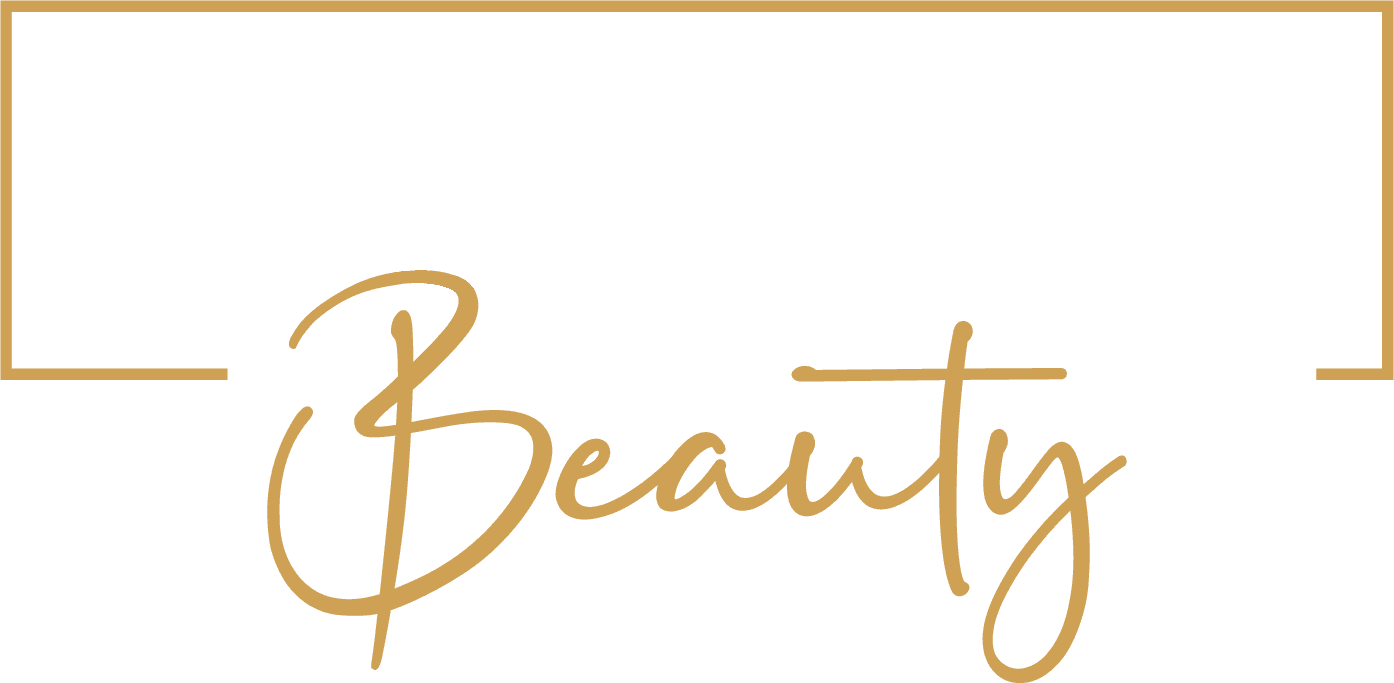- Articles & Interviews, Botox & Dysport, Entrepreneurship, Speakers

Connie Brennan on Mitigating Adverse Events Of Aesthetic Injectables: In The Consultation Room And Beyond
Catch Connie Brennan’s presentation, Mitigating Adverse Events with Aesthetic Injectables at Modern Beauty Con on May 6, 2023, at 9AM!
How can you not love someone whose e-mail sign-off reads “Hugs”? That level of compassion comes through when chatting with Connie Brennan, a certified nurse practitioner, aesthetic pioneer, and an industry leader who balances cutting-edge science with art.
Connie is currently the Aesthetic Education Director at Life Time and the President/Founder of Aesthetic Enhancement Solutions, LLC. She created and developed many aesthetic resources including the Aesthetic Anatomy Coach Flip Chart, S.T.A.R. Anatomy Posters, Anatomy Charting Stickers, Talk Anatomy to Me book bags and sweatshirts and the patented ConnieTray, an autoclavable clinic tray specially designed to hold vials and syringe materials such as injectable neuromodulators, dermal fillers, local anesthetics, vitamins, and immunizations. She also published the Aesthetic Injectable Templates Policy and Procedure Manual.
She will be speaking at Modern Beauty Con about Mitigating the Adverse Events with Aesthetic Injectables. Here she shares highlights from her presentation, explains how her experience as a photographer dovetails with aesthetics, the importance of organ donations to science, and Ozempic face.
You’re presenting at Modern Beauty Con on Mitigating Adverse Events with Aesthetic Injectables — can you tell us more about your presentation?
Connie Brennan: Mitigating adverse events with aesthetic injectables begins when a patient walks through the doors. During the initial assessment, I may notice something relevant during the medical assessment, with past surgeries, or maybe the patient has unrealistic expectations that I need to step back and decide if we should move forward.
As an example, has the patient been to many offices and left unhappy, does the patient speak about needing to look perfect [body dysmorphic issues], or does the patient want more cheek filler when they already are teetering on looking over filled? I continually keep my antenna up when watching the patient while listening to them during the evaluation process. When I teach about mitigating adverse events, I encourage injectors to follow their gut. If they think something doesn’t feel or look right, step back and reevaluate.
My own understanding of anatomy—layers of the tissue and proper product choice and placement— is paramount. Every single process we do well as aesthetic providers including assessment, evaluation, planning, treatment and post-treatment instructions helps us mitigate adverse events. It is important to take every precaution, have proper protocols in place and understand how to handle adverse events should they arise. Educating the patient and your staff on the importance of accessing pain and bruising, or if something just doesn’t feel right, as well as letting the provider know for re-evaluation as soon as possible, is key.
I thought this was an important topic because we have so many new injectors coming into the industry. Some are so focused on being taught how to do the procedure that they don’t understand the relevance and importance of understanding assessment, consultation skills and anatomy knowledge.
How is your practice changing as the industry undergoes explosive growth?
Connie Brennan: I began to work in Plastic Surgery over 30 years ago. The only injectable that was on the market at that time for aesthetic use was Collagen. Zyderm and Zyplast were a bovine collagen dermal filler that you needed a skin test and a 30 day wait for a duration of 2-3 months. Since then, our palette of products has exploded and so have the patients.
This is no longer for the rich or elite patient; it is for everyone. Patients are more educated than ever. It is well known that Botox Cosmetic was the first neurotoxin on our market for aesthetic use in America. We consider Botox Cosmetic, or in generic terms ‘neuromodulator’ as a gateway to our practices. Almost everyone knows the product ‘Botox.’ Currently, there are five neuromodulators on our market that are FDA approved; just a little over 20 years ago, there were zero.
I remember a generation of women who did not want others to know they colored their hair. Now it is a norm in society to cover our grays. I feel like Botox and other neuromodulators have become this same norm. Fillers began before Botox Cosmetic did. Bovine Collagen was the first filler on the U.S. market and since then, many fillers and biostimulators have come to market.
Patients are educated and want to know what can be done to help them look and feel their best. Many patients have graduated from ‘I just want to take care of my frown,’ to ‘what can I do to look better overall?’ Pan facial rejuvenation is a term for looking at the entire face as a whole and balancing features so that the face is in harmony. This pan facial rejuvenation has become a large part of my practice and it is one of my favorite works of art.
Before you were a surgical nurse, and one of the first nurses in Minnesota to inject filler, you were a photographer. What is the synergy between photography and injecting?
Connie Brennan: Before digital photography and filters, film photography involved retouching portraits on easels utilizing paints and dryers. During my studio years, I returned to school and became a medical assistant and was recruited by a plastic surgeon’s office to do clinical photography along with clinical work—I discovered that good clinical pictures were challenging and very different than portrait studio photography.
During my work at this Plastic Surgeon’s office, I returned to school nights and weekends to earn a nursing degree with the desire to pursue a career in injecting faces. Dovetailing my photography with my plastic surgery nursing skills, I recognized how important it was to keep faces looking natural by maintaining proper light and shadows on each face. Instead of using paint and dryers to retouch the portraits, I get the opportunity to retouch faces in real life. Thirty years later, as a nurse practitioner, I still utilize my photography skills and love the marriage of art and science in my aesthetic practice.
Speaking of looking natural, how do you handle someone who comes in asking for something you don’t feel comfortable doing?
Connie Brennan: It is important to say ‘no’ to a patient request that is unreasonable or if you ‘don’t feel aligned with the patient.’ I may refer them to another provider if I feel someone else may be a better fit for them. I have used the words, ‘I don’t feel comfortable with the procedure you are asking me to do,’ or maybe ‘I am not that talented to do what you are asking of me.’
A few reasons for saying ‘no’ might be patient safety could be compromised, the patient doesn’t have the right expectations, the patient is already looking unusual or unnatural or, maybe I just want to sleep better at night and know that whatever it is might not go well. Listen to your gut and don’t doubt your intuition.
Can you provide some tips for the consultation process?
Connie Brennan: My consultation is a very comprehensive process.
I work alongside plastic surgeons, aestheticians, laser specialists and other injectors in my four offices and my focus is aesthetic injectables, building patient relationships, aesthetic training and mentoring.
At the beginning of the consultation, I discover what the patient’s goals are, then I review the patient’s medical history, current medications, allergies, social history, current skin care regimen and history of past injectables and surgeries. I will give the patient a mirror to help identify areas of concern and review the photos I take at the beginning of our session.
Good skin care is an important discussion. Just like brushing your teeth every day is paramount in between dental cleanings for proper tooth health, daily skin care is important in between your injection visits. I love to review what the patient is currently using and see if there are any tools in the skin care regimen that we can help with. I often refer them to my team of aestheticians to continue the conversation about their skin care, peels or laser.
The next part of the discussion leads to the various non-surgical and surgical modalities that could help meet their needs. Once we review the options and formulate a plan, we then look at getting started.
We are hearing a lot of buzz about Ozempic face. Do patients come in mentioning that issue?
Connie Brennan: They see “Ozempic face” mentioned on Instagram and ask about it.
Ozempic helps people lose weight and most patients are very excited and proud of weight loss. Patients mention how much better they feel about themselves. In the process of losing weight, our face is usually the first place to show weight loss. As we age, we ‘age’ naturally. As we lose weight, the underlying fat cells get smaller and the skin on the face will descend [and] ‘sag.’ The faster the weight loss, the quicker we see the sag. I give the analogy of the skull of the face as the table and the skin being the tablecloth…. the tablecloth gets too big for the table and thus the sag which people are calling ‘Ozempic face.’ Is it really drug related or is it loss of fat? I would say it is weight loss related due to any medication that makes it happen rapidly.
Why do you feel cadaver classes are so important?
Connie Brennan: I feel that the education we glean from cadaver classes is unparalleled to other types of anatomy trainings. If you haven’t taken a cadaver course, I would highly recommend trying to attend one per year. They are expensive [due to the high cost of getting cadavers and the rules around having these types of courses], but they are an exceptional way to learn anatomy and safety.
I started my journey as an aesthetic injector in plastic surgery and worked in the operating room, so my first anatomy lessons were working on live faces. This was a phenomenal anatomy lesson. If you don’t have surgical opportunities, then a cadaver is the next best thing. We are grateful to those who donate their bodies to science. It is such a gift to help us understand the underworking of the face and discover anatomical ‘danger zones’ that lead us to being safer and more skilled.
As a matter of fact, cadaver labs are so valuable, and I have appreciated learning so much from our cadavers, that I have pre-registered with the University of Minnesota Anatomy Bequest program to be a whole-body donor upon my death. It is an honor to give back when I don’t need my body anymore so that others may learn from me. It sounds morbid and is not meant to be so, but it is exciting to know that there are many ways to give back to our communities.
Catch Connie Brennan’s presentation on Mitigating Adverse Events with Aesthetic Injectables at Modern Beauty Con on May 6, 2023, at 9AM!
